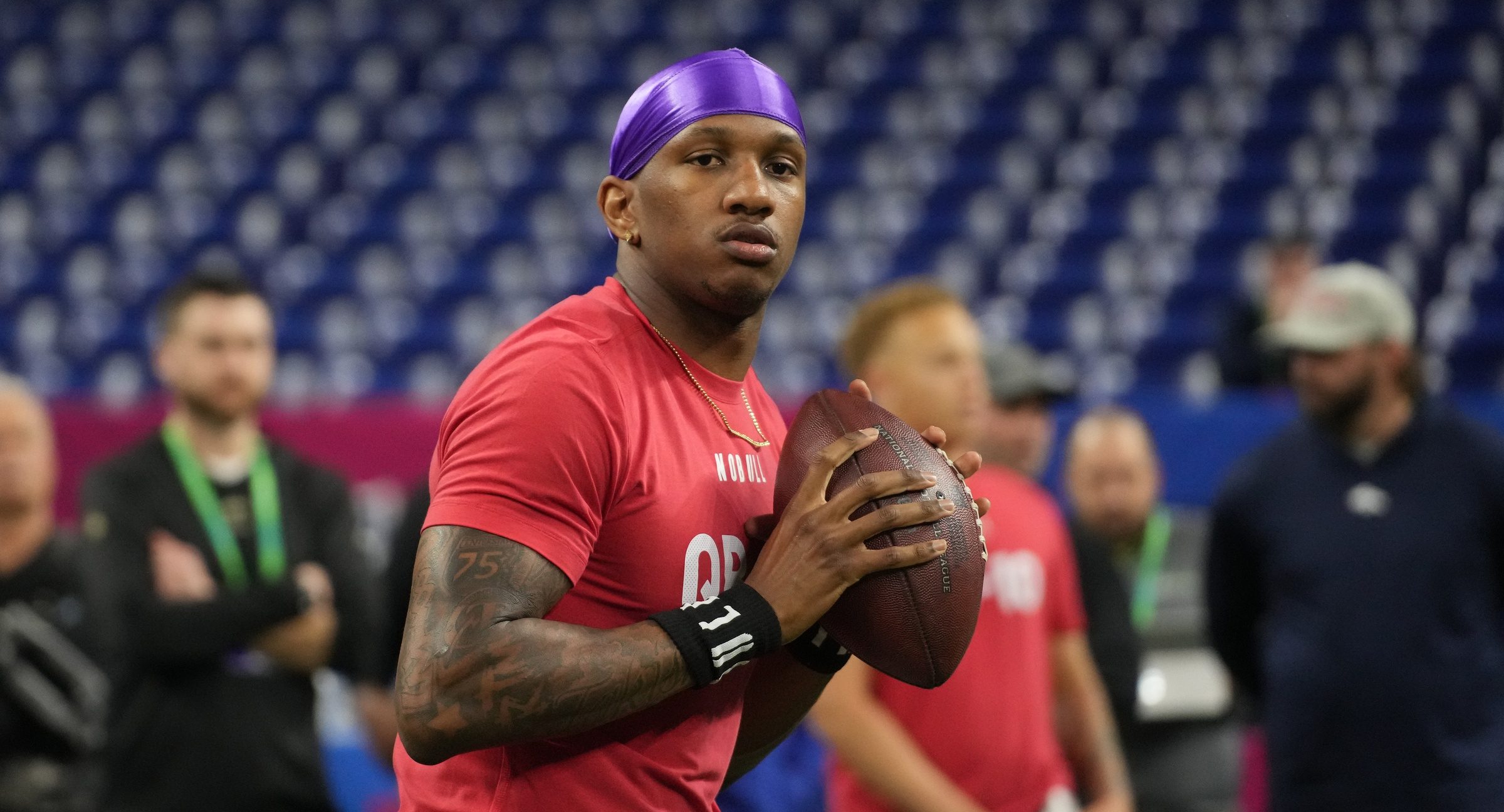Major League Baseball’s eternal quest to make it appear as if baseball games are moving quicker has once again led the league to a radical proposal.
According to the Associated Press, MLB has suggested an experiment in which runners are placed on second base from the 11th inning on during the All-Star Game and in the 10th inning of Spring Training games (after which, if no one scores, the games would end in a tie). The system previously got a test run during last spring’s World Baseball Classic and in some games in the minors. Via the AP:
The players’ association isn’t expected to oppose the concept because it is concerned about injuries from extending games that don’t count. MLB isn’t considering using the rule in any games that count.
Baseball experimented with the rule last year at the rookie level Gulf Coast and Arizona leagues, putting a runner on second base starting in the 10th. Extra-inning games in those two leagues averaged 27 minutes longer than nine-inning games, down from 43 minutes for all other minor leagues.
Now, we won’t get too up in arms about this because for now it will affect only the All-Star Game and Spring Training, when results don’t matter for much of anything. But dear god would this be an awful idea if applied to the regular season.
For one thing, the runner-on-second rule would make extra innings fundamentally different from all other frames. One of the game’s most basic principles says that you have to earn your way on base, one way or another, even if it’s just by scaring the other team enough to walk you. It makes little sense to disregard that truth come the 11th inning. For another thing, putting a runner on second with no outs creates awkward and uninteresting strategic incentives. As we saw during the WBC, many teams simply bunt the runner to third and attempt to score him from there, which does not make for the most exciting baseball.
And then finally, this proposed rule change wouldn’t actually do anything to address baseball’s problems. The sport’s issues concern pace of play, not length of game — and especially not length of extra-inning game. Fans want less time between pitches and between innings. Truncating extra-inning games, which made up 7.6 percent of all contests in 2016, doesn’t accomplish that. It solves the wrong problem, like putting a band-aid on a stomachache.
So fine, if MLB wants to prevent the All-Star Game from dragging on, we won’t complain. But if the league tries to bring this experiment to the regular season, we’re going to have a problem.







